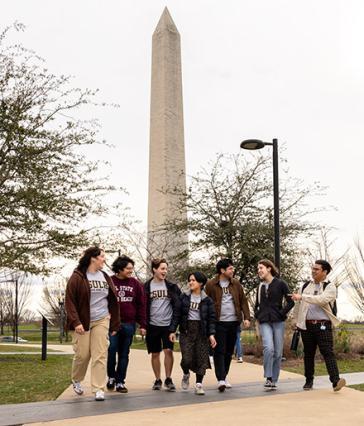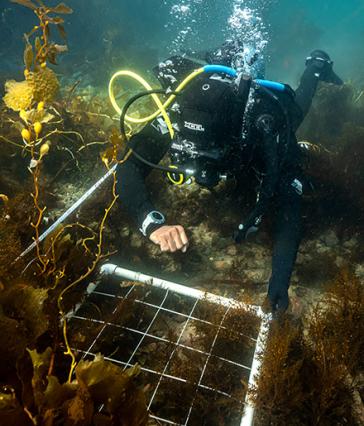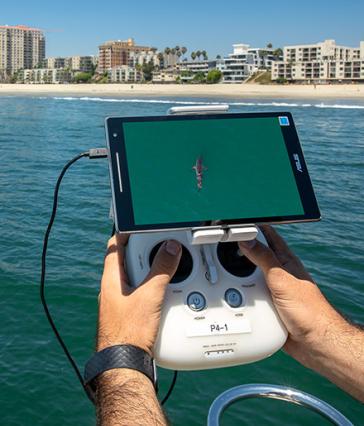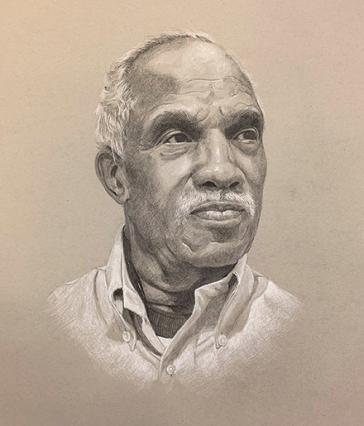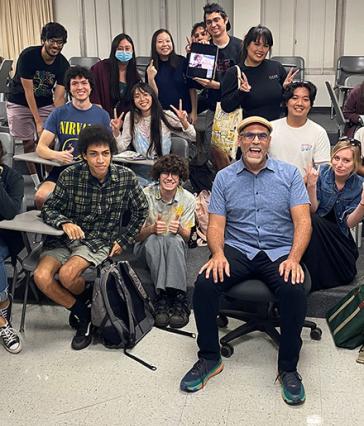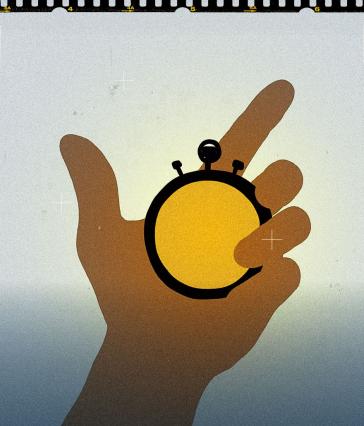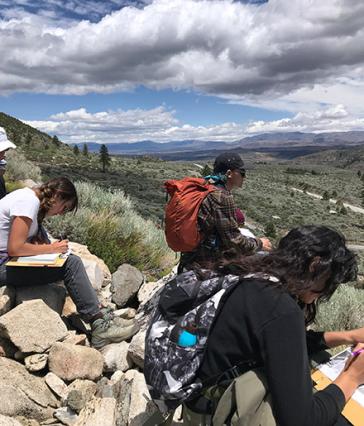Eclipse gives CSULB’s astronomy program its moment in the sun
Look up at a clear night sky from the rooftop observatory at CSULB’s Hall of Science, and you might be surprised by just how many planets, star clusters and nebulae can be spotted through those high-powered telescopes — not to mention a rather breathtaking view of the moon.
While revealing only a fraction of what's visible outside the glare of city lights — we’re talking hundreds, versus thousands of celestial bodies — the sky still manages to maintain its wow factor, particularly for those of us well-accustomed to light pollution.
As it turns out, even partial views can be revelatory.
Just ask CSULB nursing major Edrianna Vanos, one of about 1,000 Long Beach residents enjoying the partial solar eclipse in the upper quad April 8. Vanos, a second-year student, said she and a friend stumbled upon the gathering — dubbed the Great North American Eclipse Viewing — on their way to U.S. History class. Behind a pair of eclipse glasses that made the sun appear as a shiny yellow ball in a sea of black, Vano watched as the moon slowly edged out the yellow.
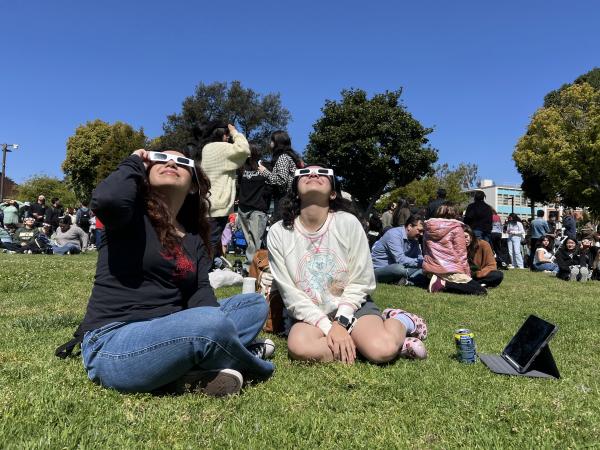
At first, she didn’t quite believe her eyes.
“I’m like, ‘Is this even real? Is there a picture in here?'” she said, holding up the cardboard glasses. “Am I actually looking at something? Because it’s too perfect.”
Hosted by the Physics and Astronomy Department and coordinated by Assistant Professor Joel Zinn — who also runs the campus observatory — the public gathering attracted students, faculty, community members, and at least a dozen media outlets. Eclipse-appropriate music — everything from R.E.M’s “Man on the Moon” to David Bowie’s “Star Man” — played in the background as folks of all ages stretched out on the grass and snapped photos on their phones.
When the glasses ran out, long lines formed behind a set of solar telescopes, which offered another way to view the eclipse. Those lucky enough were also able to spy sunspots and solar prominences — which Zinn described as “giant arcs of plasma on the surface of the sun.”
"Being in Southern California, the sun is something we take for granted, so this was a chance to actually consider it in more detail," Zinn said. "Seeing other people get excited makes me excited."
Other astronomical offerings
Long Beach State has a passionate steward in Zinn. The university’s resident expert on asteroseismology, stellar physics and galactic archaeology, Zinn is clearly interested in fostering enthusiasm for astronomy, both on campus and off.
He recently unveiled a “mobile planetarium” — an inflatable, transportable dome that can project a whole manner of celestial objects for educational and entertainment purposes. Mobile planetariums are increasingly being used to introduce astronomy and space exploration to communities that might not otherwise have access to planetarium facilities. Zinn and his students have visited five schools so far, with many more to come.

Zinn is equally excited about “Nights at the Observatory,” a rolling event that takes place atop the Hall of Science every clear Tuesday night while school is in session. A hidden gem in its own right, the unlit space features five massive telescopes and, while open to the public, is most often used by astronomy students as part of their coursework.
One recent Tuesday night, as students peered through the scopes and made various calculations, Astronomy Club President Reon Allen was on hand to answer questions and keep the telescopes from drifting. The Gemini constellation was on display, as was the wispy, colorful cloud that is Orion’s Nebula — a celestial maternity ward where stars are being born.
“I just moved that telescope to Jupiter, so you guys can get a nice steady look at that,” Allen said at one point. "It's kind of nice to look at Jupiter then look at Uranus because when you look at Jupiter, you see a nice outline of it. You can see some of the surface features of it. And Uranus is just so significantly far farther away from us, and much smaller.”
Ironically, though, the real star of the show was the moon — so clear and bright that Allen warned of potential eye injuries caused by looking through the viewfinder for too long.
Total eclipses rare
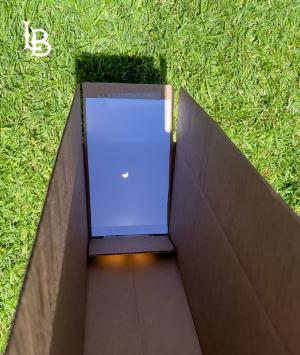
The April 8 eclipse was an ideal way to bring some well-deserved attention to the university’s astronomy program — and the crowd exceeded expectations. By the time of maximum coverage (11:11 a.m.), all 750 pairs of solar eclipse glasses had long since been distributed.
It’s a phenomenal coincidence that the moon and the sun appear to be roughly the same size in the sky; the sun's diameter is 400 times bigger than the moon, while the moon is 400 times closer to the Earth. (The sun wins on size, the moon on distance.) Although partial eclipses are relatively common, it takes 400 years for a total eclipse to hit the same place twice. According to astronomers, the last time Long Beach was in the path of totality was on New Year's Day 1889, and the next won’t be until after the year 2200.
In the meantime, those of us at The Beach will simply content ourselves with the partial view.
But, hey, we’re used to that.





